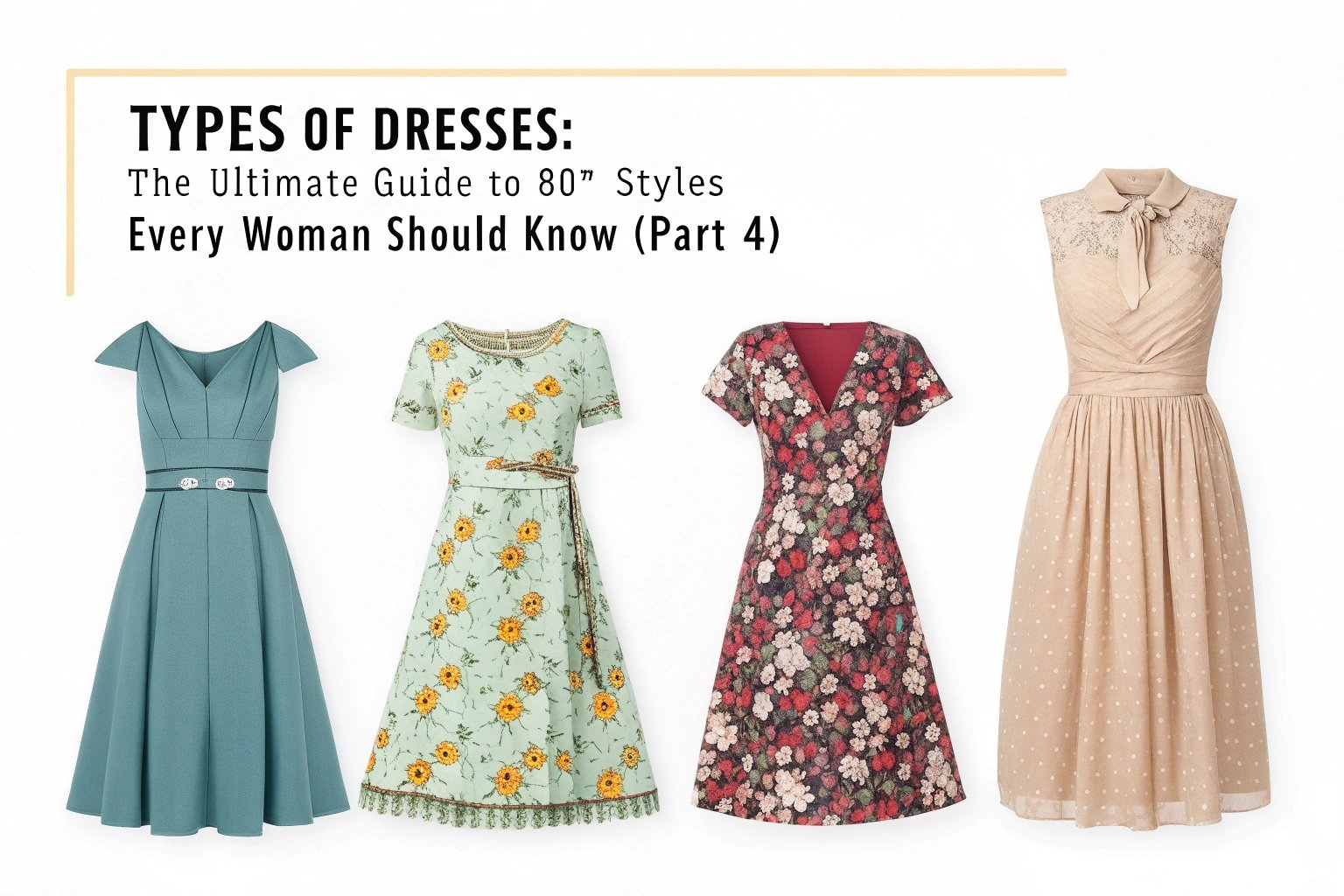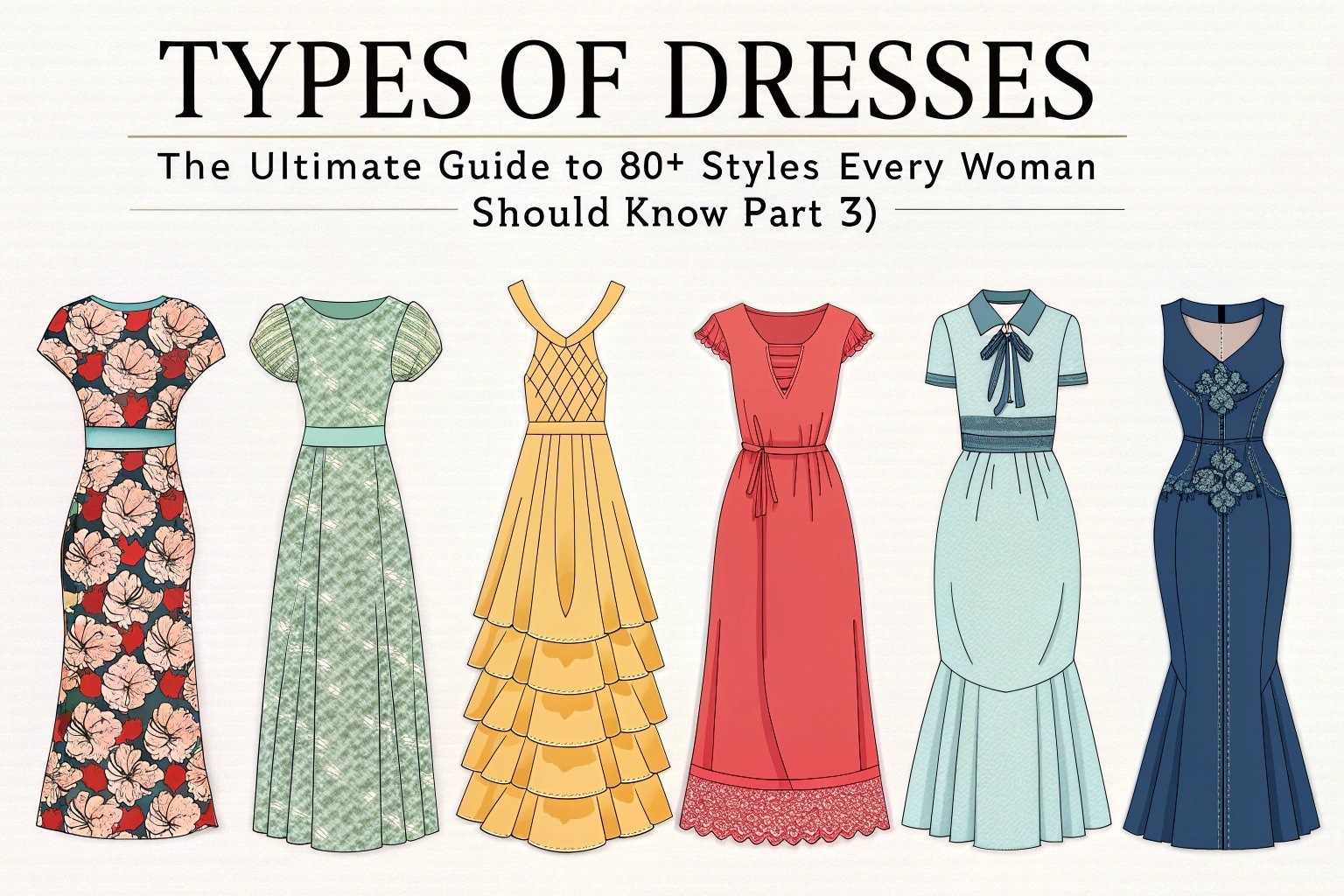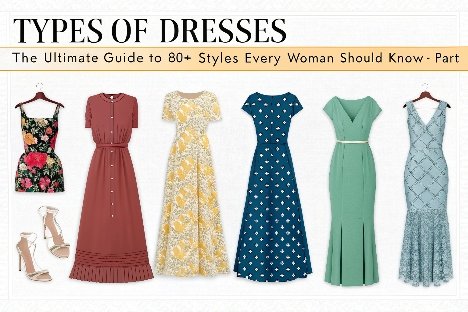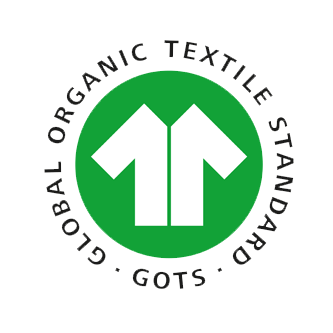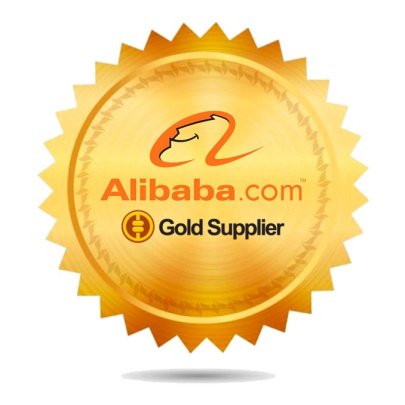Creating a clothing brand is more than a logo or a product—it’s about building identity, connection, and consistency. Whether you’re a fashion visionary or a business-minded entrepreneur, launching a successful label requires a step-by-step strategy.
To create a clothing brand, you need to define your niche, develop your designs, build a supply chain, register your business, and market effectively to reach your audience.
At Xzapparel, we’ve partnered with dozens of new brands on their journey from concept to commerce. Here’s a complete guide to get started.

Step 1: Define your brand identity
Everything starts with “why.”
Before sourcing fabrics or choosing logos, you must clarify your brand mission, audience, and visual positioning.
Questions to Answer
- What problem or desire does your brand address?
- Who is your ideal customer?
- What makes your vision different?
- How do you want people to feel wearing your designs?
We recommend developing a simple brand deck with values, visual mood board, and tone of voice guidelines.
Step 2: Choose your niche and product focus
Narrow beats broad.
Successful clothing brands begin by dominating a clear niche: streetwear, loungewear, activewear, eco-basics, or elevated essentials.
Product Focus Examples
- Sustainable women’s loungewear
- Gen Z-focused graphic streetwear
- Inclusive luxury for plus-size bodies
- Technical travelwear for urban professionals
Focus lets you stand out and guide future marketing.

Step 3: Develop your product designs
Even minimalist brands require thoughtful construction.
Design your first collection with 4–12 core pieces that reflect your aesthetic and brand message.
Development Tips
- Sketch each design with notes on fit and features
- Consider fabric types and how they align with purpose
- Look at bestsellers in your niche and improve on gaps
We help clients align product development with manufacturing realities—especially for new brands.
Step 4: Create tech packs for manufacturing
Once your designs are finalized, turn them into technical blueprints.
A tech pack includes all the data a manufacturer needs to sample and produce your styles.
Must-Include Details
- Flat sketches and measurement specs
- Fabric and trim sourcing info
- Label placement and construction notes
- Colorways and size range
Clear tech packs reduce miscommunication and costly sampling errors.
Step 5: Source a clothing manufacturer
Finding a factory partner is a pivotal moment.
Look for factories experienced in your category, willing to support low MOQs, and responsive in communication.
Sourcing Channels
- Alibaba, Faire, Maker’s Row
- Google search with niche terms
- Trade shows (MAGIC, Pure London)
- Manufacturer referrals
We specialize in helping emerging brands develop and manufacture trend-forward women’s fashion collections.
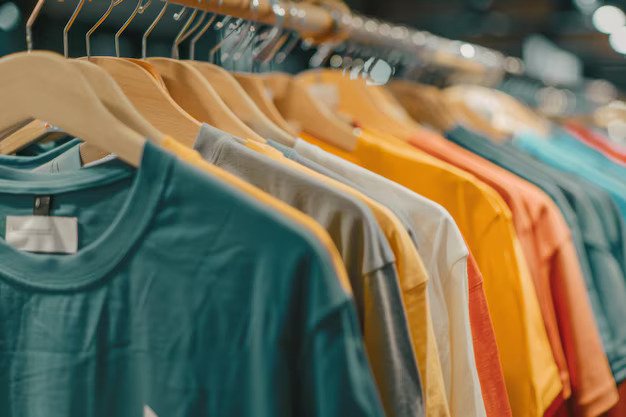
Step 6: Sample, test, and revise
Don’t rush this part—it shapes product quality.
Request development samples, test for fit and fabric, and revise designs until you’re confident in consistency.
What to Check
- Fit across sizes
- Comfort, stretch, and durability
- Label accuracy
- Print or color alignment
We support our clients with video reviews and fit support to speed up sampling.
Step 7: Build your brand visuals and assets
Now it’s time to dress your brand.
Design a visual identity with logo, brand colors, typeface, and packaging that reflect your target customer.
Brand Assets to Prepare
- Brand logo and favicon
- Color palette and font system
- Hangtags, care labels, shipping boxes
- Mood-driven photoshoot with your first collection
Clear, aspirational visuals drive trust and conversion.
Step 8: Set up your business structure
You need to protect and register your work.
Form an LLC, register your brand name and logo, and set up tax and banking infrastructure.
Administrative Checklist
- Business registration (LLC, Ltd, Pty Ltd, etc.)
- EIN or tax ID
- Trademark filings
- Business bank account + accounting system
We’ve seen faster growth when brands handle structure early.

Step 9: Launch your sales platform
Your launchpad must reflect your brand tone and ease of use.
Start with a clean Shopify store or integrated platform with custom sections for storytelling.
What to Include
- Mobile-first UX
- Product storytelling (how it’s made, why it matters)
- Size guides and policies
- Real photography + behind-the-scenes content
Brands that convert well have detail-rich product pages and trust signals.
Step 10: Plan and execute your launch
Your product is ready—it’s time to market it.
Use a pre-launch strategy that builds anticipation, followed by sustained content and campaign rollout.
Launch Tools
- Teaser campaigns and waitlists
- Influencer seeding
- Press and blog outreach
- Paid ads for high-conversion landing pages
We recommend launching with a small collection and gathering early feedback.
Step 11: Monitor, restock, and scale
Growth comes from listening and iterating.
Post-launch, analyze data to guide your next steps: what to reorder, adjust, or add.
Metrics to Track
- Top-performing SKUs by size and color
- Return reasons
- Customer reviews and style preferences
- Website and ad conversion rates
Use these insights to refine your next drop or expand the line.
Conclusion
Creating a clothing brand is a journey that blends design vision with business systems. When done right, it builds connection, confidence, and commercial success. At Xzapparel, we help brands every step of the way—from sketch to shipment.
Ready to bring your clothing brand to life? Let’s create something extraordinary.


